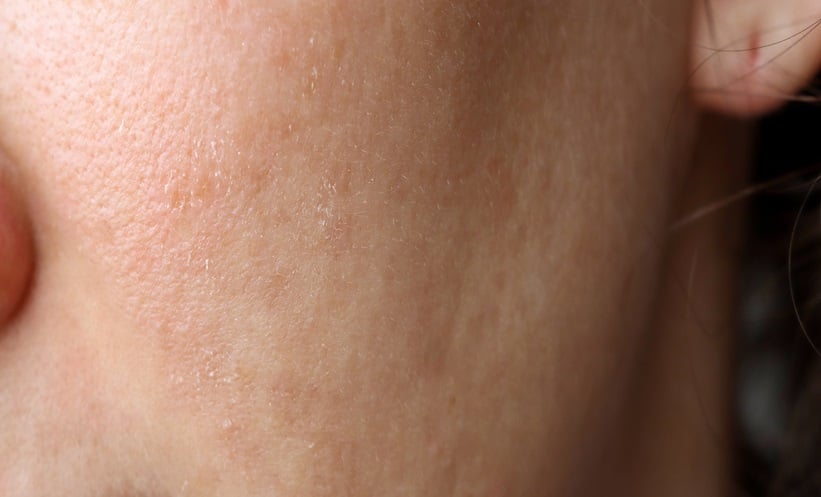ENGAGING in 5 hours per week of moderate-intensity exercise could prevent 46,000 cancer cases annually in the USA. This evidence has surfaced after a report spotlighted 3% of all cancer cases, in adults 30 years or older, were attributable to physical inactivity between 2013 and 2016.
Regional analysis revealed that in both males and females, the highest proportion of cancers attributable to physical inactivity were in the Southern states of Kentucky, Tennessee, and Mississippi; meanwhile, the lowest were uncovered in Northern states of Washington, Wyoming, and Wisconsin. The current investigation was the first study to estimate the number of cancer cases attributable to physical inactivity based on cancer site. Data on these specific sites showed 16.9% stomach; 11.9% endometrial; 11% kidney; 9.3% colon; 8.1% oesophageal; 6.5% breast; and 3.9% urinary bladder cancers were associated with lack of exercise.
Limitations to the conclusions of this research included the lack of consideration for barriers to recreational exercise, such as hours spent working, the cost of gym membership, access to safe environments to be active, or potential childcare costs. Future research could build on the evidence brought forward by the current study and combine an analysis into these caveats to provide a more holistic and considerate initiative to raise awareness and reduce physical inactivity–related cancer.
In the context of improving exercise uptake in the USA, lead researcher Adair Minihan, American Cancer Society, stated: “These findings underscore the need to encourage physical activity as a means of cancer prevention and implement individual and community level interventions.” The authors went on to note that “understanding and reducing the behavioural and socioeconomic barriers to physical activity is essential for optimising intervention strategies targeting at risk groups across the country.”








